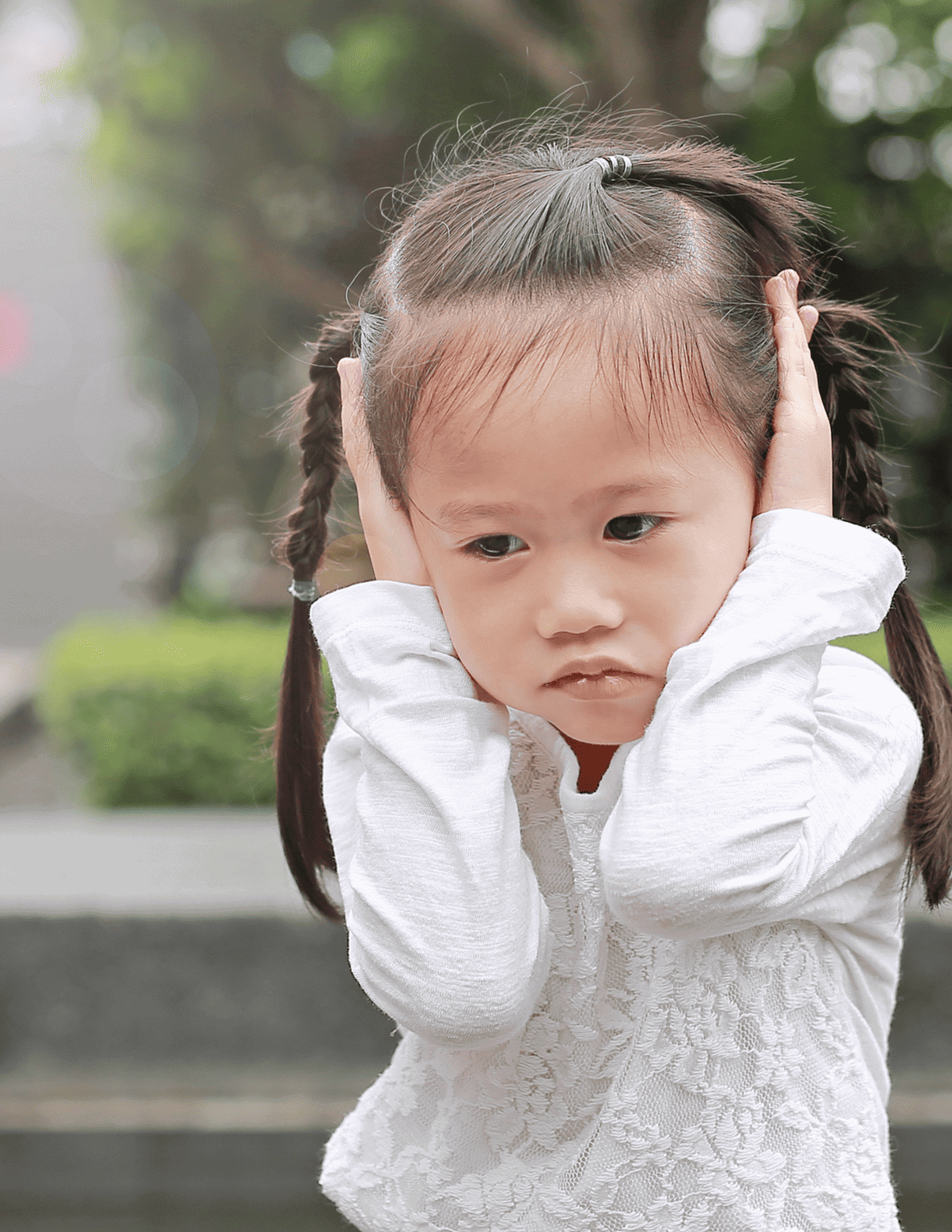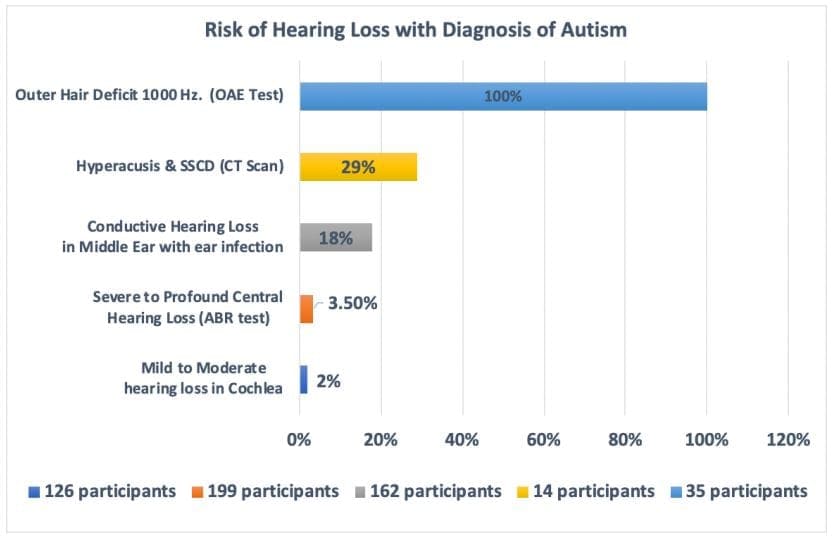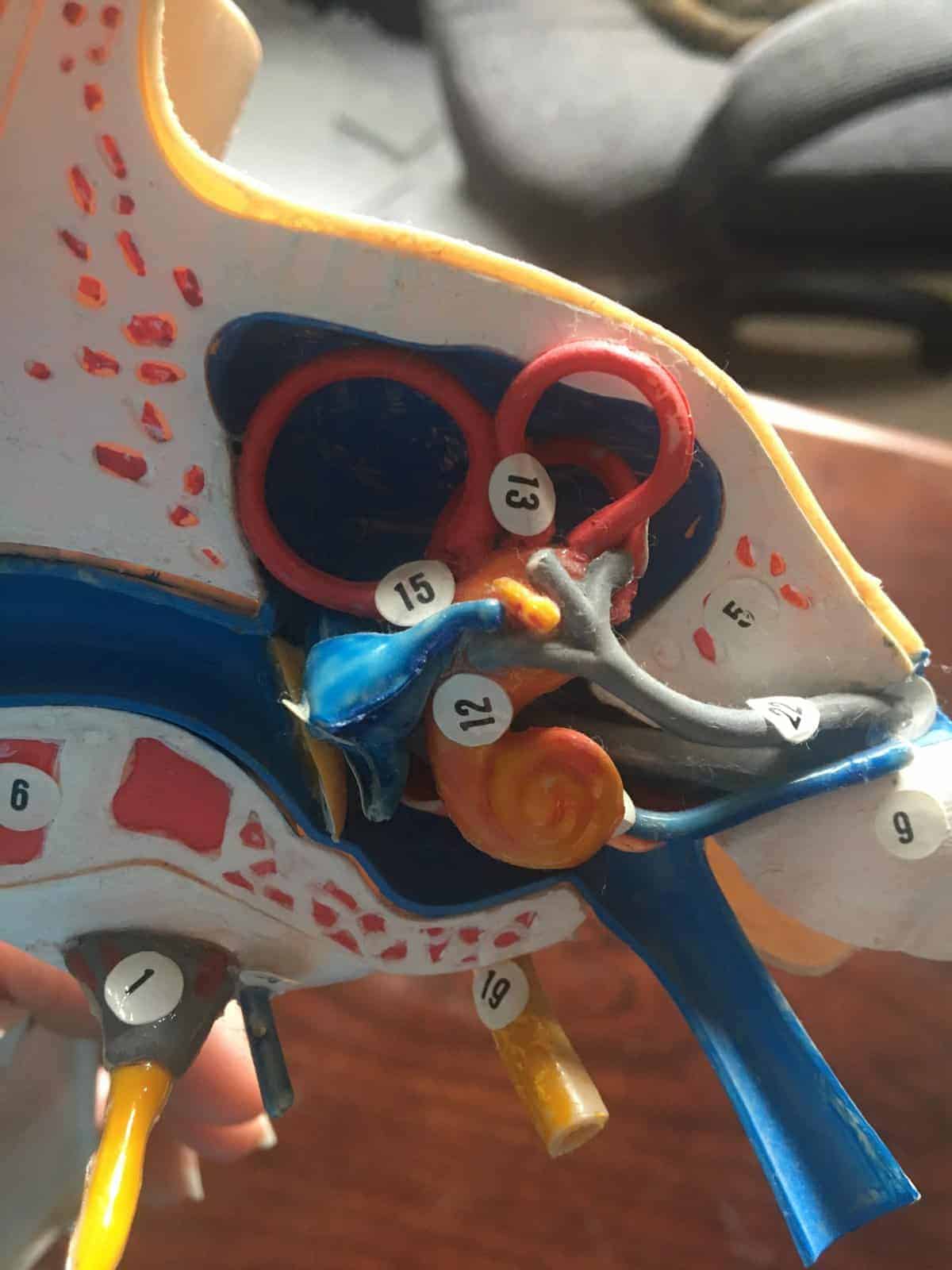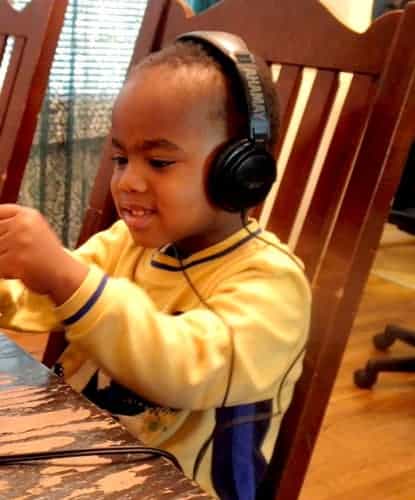Autism, A High Risk of Diminished Hearing
Enjoy observation screening activities and conversations with Cheri to learn if what you see is single, clear, and fixed in space. Are there behavioral characteristics of diminished hearing, not deafness? Share the intensity of sound intolerance or other concerns.
Need Help?
Cheri Moore supports emotional health while building an individualized intervention plan to improve your ability to respond and maintain progress after therapy.
It has been my privilege to successfully co treat patients with Cheri Moore over the last few years. I have found her to be extremely knowledgeable about vestibular and auditory processing systems. In addition to her background in special education, she has broad experience working with specialists in addressing a wide variety of diagnosis. This positions her so well to apply her therapy appropriately. Furthermore I have personally witnessed her tenacity in going well beyond the expected in working with her clients to ensure complete resolution of their difficulties.
Dr. Neil W. Margolis, O.D., F.A.A.O., F.C.O.V.D.
Auditory Integration Training Changes the Brain
Researchers in two different studies found stronger auditory neural pathway scores after auditory integration training. Parents reported improvements in:
- Sound tolerance
- Less hyperactivity
- Decreased irritability
- Fewer repetitive actions
Thankfully, Unyte Listening has developed listening equipment with a more gentle strengthening of the auditory system.
Benefits of Unyte iLs Integrated Listening
Supporting emotional health while strengthening the auditory system.
The Researchers from the Spiral Foundation in 2012, used iLs Integrated Listening programs with 18 children with a diagnosis of autism. Pre and Post testing showed improvements in the following areas:
- Social skills and emotional regulation
- Decrease in atypical and problem behaviors
- Decrease in number and severity of autistic behaviors
- Improved overall functional adaptive behavior skills

You rock! You are making the world a better place and I am so thankful for you!

Finding Typical and Atypical Hearing Loss
Interestingly, Cheri found that clients with a diagnosis of autism with behavioral characteristics of sound intolerance also had many behavioral characteristics of hearing loss. Some clients failed to make progress in vision therapy, avoided swinging and riding their bike.
After clients began to wear hearing aids and completed one more auditory integration training, they made progress in sound tolerance, expressive speech, and vision therapy. With joy, Cheri learned they started riding their bikes. Later, they met all vision therapy goals.
Hearing Tests are Possible for All
Cheri provides you a letter for the audiologist with your case summary improving communication. Listening activities prepare you for hearing tests improving accuracy of responses. Today technology provides hearing tests that require no response enabling testing of all ages, with and without speech.
Researchers Found Higher Risk of Hearing Loss
Astonishingly, a 12-year study in Sweden found hearing loss at a higher rate in 199 children (153 boys, 46 girls) diagnosed with autism (21-7 yrs.) when compared to studies researching hearing loss in typically developing children. Interestingly, researchers found several different types of hearing loss.
- Mild to Moderate Hearing Loss in the cochlea – Testing of inner cochlea hairs required a response
- Severe to Profound Central Hearing Loss – hearing loss in the brain was diagnosed with an Auditory Brainstem Response Test (ABR) assesses the inner ear’s cochlea and auditory pathways to the brain – requires no response
- Conductive Hearing Loss from ear infections negatively affects eardrum movement and middle ear bone movements – testing requires no response (Rosenhall, U., Nordin, V, Sandstrom, M., Ahlsen, G., Fillberg, C., 1999. Autism and hearing loss. Journal of Autism and Developmental Disorders. 29:5)
In addition, researchers also found that studies of typically developing children found much lower percentages (0.1% – 0.2%) of pronounced and profound hearing loss (Braden, 1994; Davis, Wood, Healy, Webb, Rowe, 1995; Kankkunen, 1982; Martin et al., 1981; Parving, 1983; Sehlin et al., 1990; van Rijn, 1989).

In conclusion, the chart below shows the percentage of different types of hearing loss found in children with autism. Overall, individuals diagnosed with autism have a much higher risk of hearing loss.
Hearing help exist for everyone, all ages and abilities. Cheri supports you emotionally while helping you step-by-step advocate, communicate, prepare, understand results.
Bone Anomaly Found in the Inner Ear’s Vestibular System
Amazingly, researchers found a bone anomaly in participants’ inner ear vestibular canals called “superior semicircular canal dehiscence syndrome (SSCD)” in 29% out of 14 participants with a diagnosis of autism and hypersensitivity to sound. Sadly, this can cause a hearing loss due to disruption of sound energy to inner ear hair cells. (Thabet, EM., Zaghloul, HS., (2013).
Auditory profile and high-resolution CT scan in autism spectrum disorders children with auditory hypersensitivity. European Arch Otorhinolaryngology. doi: 10.1007/s00405-013-2482-4. Epub2013 Apr 12)
In the ear diagram, numbers 13 and 15 labels the vestibular system.

Higher Rate of Visual Processing Difficulties
In addition to a higher risk of hearing loss, children diagnosed with autism also have a higher rate of visual processing difficulties when compared to other neurodevelopmental disorders.
Cheri uses fun observation activities to screen for visual processing difficulties in the comfort of your home or during an in-office session.
Annabel Stehli’s Story and Books of Testimonies Sharing Benefits of Auditory Integration Training
Annabel Stehli moved with her daughter to France to receive Berard Auditory Training from Dr. Berard. Later, Annabel Stehli invited Dr. Berard to come to the United States. I am forever grateful for her work and efforts to have Berard Auditory Integration Training approved for educational intervention by the FDA. Today, advancement continues in the field of auditory integration training.
Although stories are of indivuals with autism benefitting from Berard Auditory Integration Training, they are a source of great encouragement for all parents of children with neurodevelopmental disabilites. Because, sound intolerance frequently occurs in individuals with a neurodevelopmental disability.

No Results Found
The page you requested could not be found. Try refining your search, or use the navigation above to locate the post.

Join Our Community!
Get tips on how to improve your health and learn through purposeful play delivered straight to your inbox.



A Grateful Mom, Northern Virginia, 2019